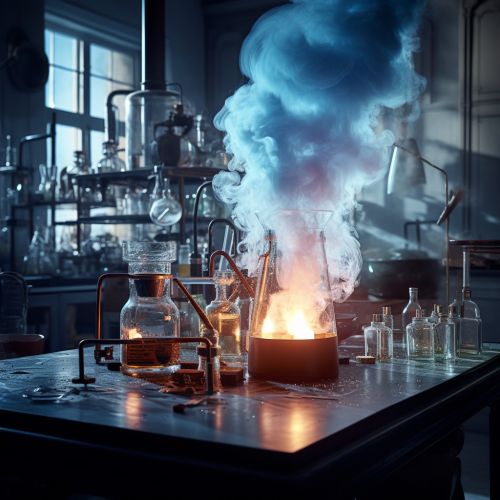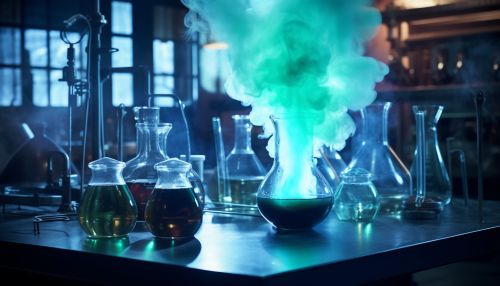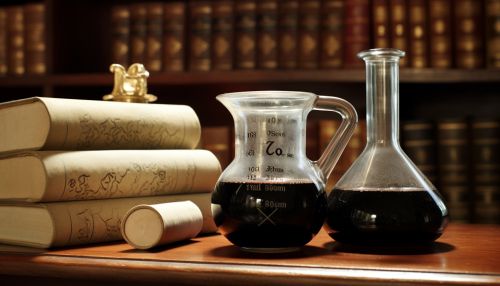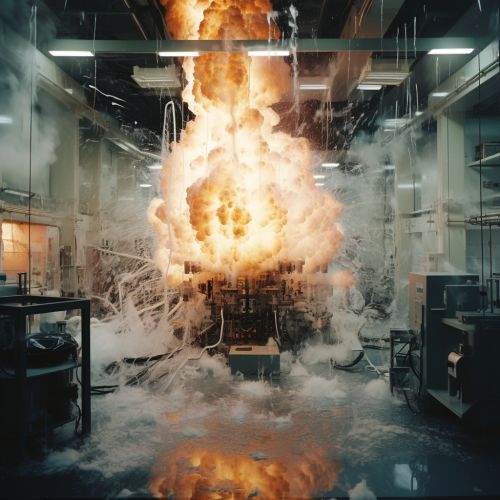Law of Conservation of Mass
Introduction
The Law of Conservation of Mass is a fundamental principle in the field of chemical science. It states that mass cannot be created or destroyed in an isolated system. This principle is also often referred to as the principle of mass conservation.


History
The Law of Conservation of Mass was first formulated by Antoine-Laurent Lavoisier, a French chemist, in the late 18th century. Lavoisier's experiments, which involved careful measurement and quantitative analysis of the reactants and products of chemical reactions, led him to conclude that mass is conserved in these processes.
Principle
The Law of Conservation of Mass asserts that the total mass of substances does not change during a chemical reaction. This implies that the mass of any one element at the beginning of a reaction will equal the mass of that element at the end of the reaction. Therefore, the total mass of the reactants will always equal the total mass of the products.


Applications
The Law of Conservation of Mass is fundamental to the study of chemistry and is used as a basic tool in the field. It is applied in the balancing of chemical equations, where the number of atoms of each element must be the same in the reactants and the products. This law is also used in the calculation of the yield of a reaction.
Limitations
While the Law of Conservation of Mass is universally applicable in classical chemistry, it does not hold true in the realm of quantum physics. According to the theory of relativity, mass and energy are interchangeable. Therefore, in nuclear reactions, mass can be converted into energy and vice versa, which violates the Law of Conservation of Mass.


See Also
- Chemical Reaction - Stoichiometry - Quantum Mechanics
